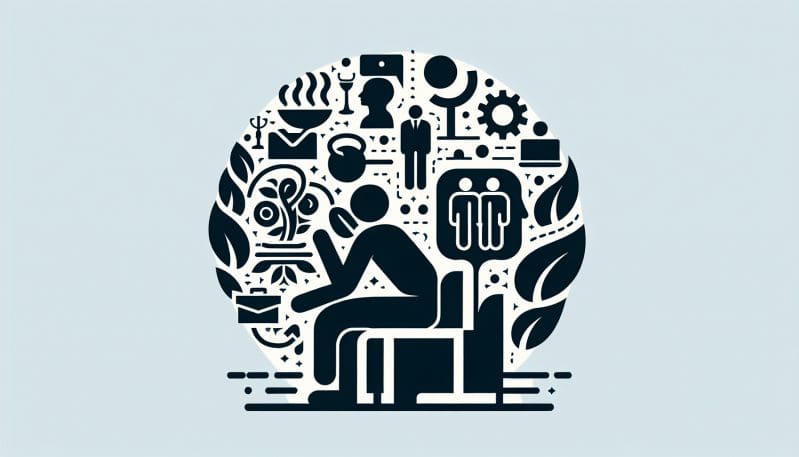The Unseen Epidemic: Addressing Mental Health Disparities in Diverse Workplace Cultures
- Home
- The Unseen Epidemic: Addressing Mental Health Disparities in Diverse Workplace Cultures
- Vishal Kumar
- January 25, 2024
- 0 Comments
In today’s fast-paced and interconnected world, mental health issues have emerged as a silent epidemic, lurking in the shadows of our global workforce. The dialogue surrounding mental well-being has certainly amplified over recent years, yet there remains a cavernous gap in addressing the nuanced ways in which these issues manifest across diverse workplace environments. With the rise of multicultural teams and the integration of various socioeconomic backgrounds, the challenge of fostering mental wellness has never been more complex or more critical.
Mental health issues in the workplace can be both overt and insidious, ranging from the stress of meeting high performance expectations to the subtle impacts of microaggressions and cultural misunderstandings. For some workers, particularly those from minority or marginalized groups, the workplace can be a minefield of triggers that exacerbate pre-existing conditions, or even the origin of new mental health challenges.
Systemic barriers often hinder equitable access to mental health resources. In some cases, these barriers are as blatant as a lack of insurance coverage for mental health support. In others, they are less visible, such as biases in recognizing the symptoms of mental illness across different cultures or the stigma attached to seeking help which is more acute in some cultural groups than in others.
Companies are at a strategic intersection to address these disparities. Fostering an inclusive culture begins with acknowledging that mental health needs vary and that support must be as diverse as the workforce itself. Inclusivity means creating space for open dialogue, offering varied support systems that respect cultural differences, and ensuring that policies are not one-size-fits-all but rather tailored to accommodate the full spectrum of mental health experiences.
Intersectionality plays a pivotal role in shaping these experiences. Workers do not come to the table with single-threaded identities. An individual may navigate the workplace not just as a team member, but also as a person of color, a woman, a member of the LGBTQ+ community, or a person with a disability. Each of these identities intersects with societal norms and biases in ways that can either elevate or undermine mental well-being.
No Worker Left Behind understands the urgency and complexity of these issues and proposes a multipronged strategy to bridge the mental health gap. Our initiatives include the implementation of culturally competent training for management, the establishment of peer support networks, and partnerships with mental health practitioners who specialize in diverse populations. We advocate for transparent pathways to access help, from Employee Assistance Programs (EAPs) to in-house mental health days.
Furthermore, we believe that regular surveys and feedback systems are crucial in understanding the ever-evolving landscape of mental health within a company. By leveraging data, we aim to ensure that our strategies are informed, relevant, and effective.
In closing, the mental health disparities in the workforce reflect broader societal inequities that require a concerted and compassionate response. It’s not enough to offer resources; they must be accessible, appropriate, and accepted by all. Through sustained effort and commitment to equity, No Worker Left Behind aims to ensure that every employee—regardless of background or identity—has the support they need to not just survive, but to thrive in the modern workplace. Together, we can transform our workplaces into bastions of mental well-being, inclusivity, and productivity.


Leave A Comment